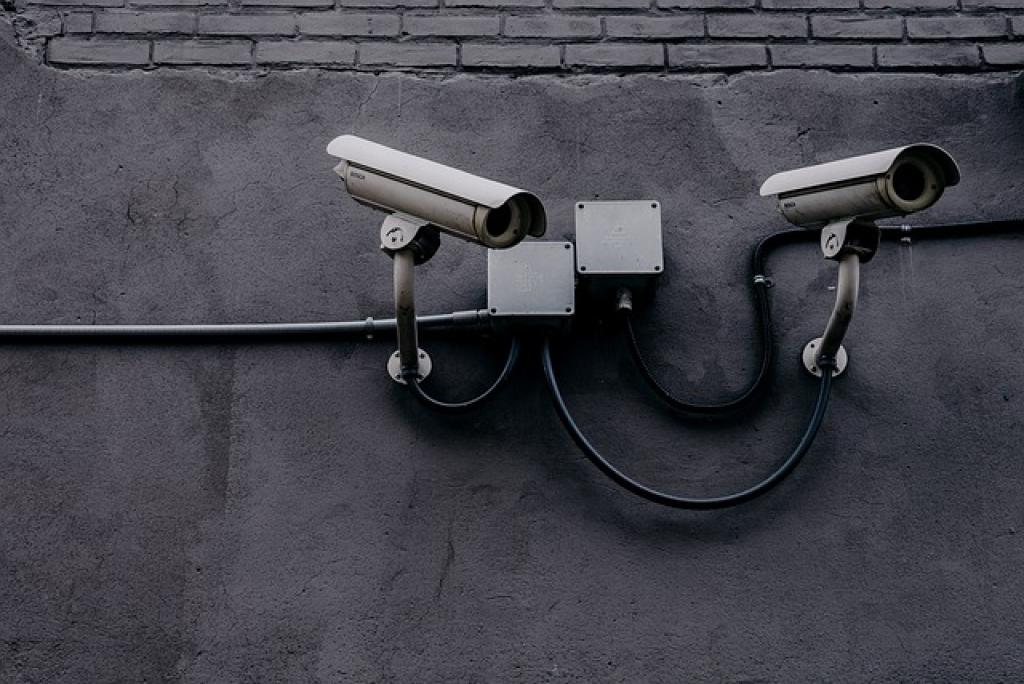
When to Use Roving Patrols for Large Commercial Properties
Keeping large commercial properties secure can be a challenging yet vital task for property managers and owners. As the size and complexity of your premises increase, so do potential risks and vulnerabilities.
Roving patrols have become an essential component of comprehensive security strategies, providing a dynamic and versatile approach to safeguarding expansive areas. Unlike static security measures, roving patrols offer proactive surveillance, covering more ground and responding swiftly to incidents.
In this guide, we’ll delve into the ideal scenarios for employing roving patrols, highlighting their unique benefits and impact on maintaining peace and safety across vast commercial landscapes. Whether you’re managing a bustling shopping center, an industrial park, or any large-scale facility, understanding when and how to deploy these mobile units can make all the difference in your security efforts.
Key Factors to Consider Before Implementing Roving Patrols
Before jumping into the deployment of roving patrols, it’s crucial to analyze several key aspects to ensure effectiveness and efficiency. Start with evaluating your property’s specific needs. Large commercial properties can vary widely in layout and risk profile, so understanding these variables is essential.
Assessing Security Needs
Take time to identify the areas most vulnerable to security threats, such as secluded parking lots or low-traffic corridors. Consider any past incidents as indicators to help prioritize areas that demand heightened surveillance.
Cost is another major factor. Balance the budget for security operations with the necessity for comprehensive coverage. While roving patrols can cover vast areas, they must complement other security measures like surveillance cameras and access controls.
Patrolling Strategy and Technology
Decide on the patrolling schedule that best suits your property’s operational hours and peak activity periods. Utilize technology wherever possible, such as GPS tracking and real-time communication tools, to enhance patrol efficiency and accountability.
By carefully considering these factors, you’ll be better prepared to implement roving patrols that effectively safeguard your property while maximizing resources. This strategic approach ensures that your security efforts are not only proactive but also aligned with the unique demands of your commercial environment.
Benefits of Utilizing Roving Patrols in Commercial Properties
Roving patrols offer a dynamic security solution that can significantly enhance the safety of your commercial property. One of their most notable benefits is their ability to deter criminal activity. The unpredictable nature of patrolling makes it difficult for wrongdoers to predict security patterns, thereby reducing the likelihood of targeted incidents.
These patrols also provide rapid response capabilities. Unlike static guards or fixed surveillance systems, roving patrols can quickly move to the location of any disturbance or emergency. This swift response not only helps mitigate incidents but also provides peace of mind to tenants and visitors.
Furthermore, roving patrols are excellent for maintaining a visible security presence. Their continuous movement throughout the property reassures occupants and discourages potential violations of security protocols. This visibility plays a crucial role in promoting a safe and welcoming environment.
Additionally, roving patrols can be customized to suit the specific needs of your property. Their routes and schedules can be tailored to address the unique challenges and peak times of your commercial operations, ensuring optimal coverage and efficiency.
Overall, the versatility and adaptability of roving patrols make them an invaluable component in a comprehensive security strategy for any large commercial property.
Best Practices for Implementing Roving Patrols Effectively
To maximize the effectiveness of roving patrols, it’s important to employ some tried-and-true best practices. Begin by selecting well-trained security personnel who are adept at handling the specific demands of a dynamic patrol environment. Their training should include conflict resolution, emergency response, and communication skills.
Developing a Comprehensive Plan
Crafting a detailed patrol plan is essential. This entails mapping out key areas that require attention and determining optimal times for increased patrolling. The plan should be flexible enough to adapt to changing conditions, such as special events or construction, which may alter the risk profile of the property.
Leverage technology to enhance patrol operations. Equip your roving teams with modern tools like GPS and mobile communication devices to ensure real-time coordination and data collection. This technological edge helps in tracking patrol routes and recording incident reports accurately.
Continuous Evaluation and Adaptation
Regularly evaluate the performance of your patrols through feedback from security staff and property users. This helps in identifying areas for improvement and adapting the patrol strategy as needed. By remaining responsive to the evolving security landscape, you ensure that your patrols remain an effective deterrent and response mechanism.
By adhering to these best practices, you can implement roving patrols that are not only efficient but also adaptable and resilient against a wide range of security challenges.
Common Challenges Faced When Using Roving Patrols
While roving patrols offer versatility and adaptability, they are not without challenges. One of the primary issues is maintaining consistent coverage. Due to the nature of moving patrols, it’s possible for certain areas to go unnoticed or be insufficiently monitored if routes are not well-planned.
Balancing Visibility and Coverage
Achieving the right balance between visible deterrence and comprehensive coverage can be tricky. Overemphasizing visibility might lead to predictable patterns, reducing effectiveness. Conversely, not enough visibility may fail to deter potential threats actively.
Communicating efficiently can be another hurdle. Roving patrols need to remain in constant contact with each other and their base of operations. Any lapse in communication can hinder response times during incidents, especially in sprawling properties.
Personnel fatigue is also a consideration, as patrolling can be mentally and physically demanding. Without proper scheduling and breaks, the effectiveness of the patrols could be compromised, leading to oversights.
Technology Integration
Integrating technology effectively poses its own set of challenges. While advanced systems can enhance operations, they also require training and resources to manage. Ensuring that your team is comfortable and competent in utilizing these tools is crucial.
Recognizing and addressing these challenges proactively can significantly enhance the operational efficiency of roving patrols, ensuring they remain a key asset in your security strategy.
Case Studies: Successful Implementation of Roving Patrols
Exploring real-world applications of roving patrols provides valuable insights into their effectiveness. Let’s look at a few examples of how they have been successfully implemented across different commercial settings.
A large shopping mall in a bustling urban environment adopted roving patrols as part of its comprehensive security upgrade. Faced with increasing incidents of theft and vandalism, the management decided to enhance their security posture. By deploying roving patrols with random but strategic routes, they achieved a noteworthy reduction in criminal activities. Shoppers and tenants reported feeling safer, and customer footfall increased as a result.
In another instance, a sprawling tech campus incorporated roving patrols to address both security concerns and safety initiatives. The patrols were tasked with monitoring after-hours activities and ensuring compliance with health and safety regulations. Equipped with mobile technology, the patrols quickly communicated any issues to the relevant departments. This approach led to a marked improvement in both security and operational efficiency.
These case studies demonstrate how roving patrols can be tailored to meet specific needs while providing a strong deterrent against potential threats. By learning from these successful implementations, other property managers can explore adopting similar strategies to enhance their security framework.
The Bottom Line: Making Informed Decisions for Your Commercial Property
To wrap things up, roving patrols present a formidable option for enhancing the security and safety of large commercial properties. When implemented thoughtfully, they offer a proactive and visible deterrent against potential threats, keeping both assets and people safe. However, like any security measure, they are most effective when tailored to the specific characteristics and needs of your property.
It’s vital to consider all relevant factors before integrating roving patrols into your security strategy. Understanding the layout, typical activity patterns, and unique security challenges of your property can help you tailor patrols effectively. Equally important is choosing the right technology and personnel; these elements ensure the patrols are efficient and responsive.
Besides planning and execution, addressing potential challenges proactively can make a significant difference. By recognizing potential hurdles such as coverage gaps and communication barriers, you can implement solutions that enhance patrol efficacy.
Ultimately, the successful deployment of roving patrols is a testament to informed decision-making and strategic planning. Learning from successful case studies and adapting best practices to suit your unique context will significantly contribute to your security endeavors.
As you weigh your options, remember that the goal is to create a comprehensive, adaptable security framework. Roving patrols, when employed as part of a broader strategy, offer invaluable peace of mind. By investing time and resources now, you ensure a safer, more secure environment that benefits everyone who interacts with your commercial property.


